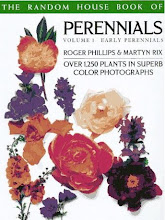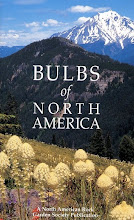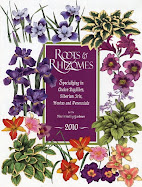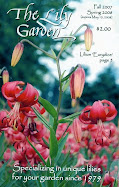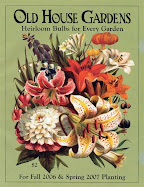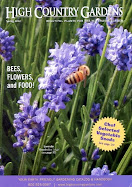April 2018
June 2018
July 2018
Paeonia mascula is my favorite peony. I've always preferred single peonies to those with big balls of petals. Single peonies & species peonies don't need to be supported. In my Seattle garden,
Paeonia mascula blooms for about 10 days in mid-May. The flowers are 4 to 5 inches wide when fully open. Each flower lasts about 5 days before the petals begin to fall. Even though the bloom is so fleeting, I wouldn't be without
Paeonia mascula. When I moved, I got more for my new garden. Not only are the flowers beautiful, but the foliage is handsome throughout the season & colorful in fall. The seeds pods are impressive when closed & colorful when open. The open pods have been called "jewel boxes."
Paeonia mascula grows to about 2 feet wide & 18 inches tall, with leaves that are divided into 3 oval leaflets. Flowers can be various shades of pink, sometimes verging on purple or red. They can also be almost white.
Paeonia mascula grows well in full sun or part shade with regular, light watering. Soil should never be soggy. It grows very well in my zone 8 garden. It is said to grow in zones 5 to 10, but probably is most successful in zones 7 & 8.
Paeonia mascula is native from Spain to Iraq including France, Italy, the Balkans, Cyprus & Turkey. In its natural habitat, it grows between bushes in meadows & on hills. It also grows in oak, pine & beech forests.
Paeonia is named for Paeon, the Greek god of healing &
mascula comes from the Latin word for male.


























































































